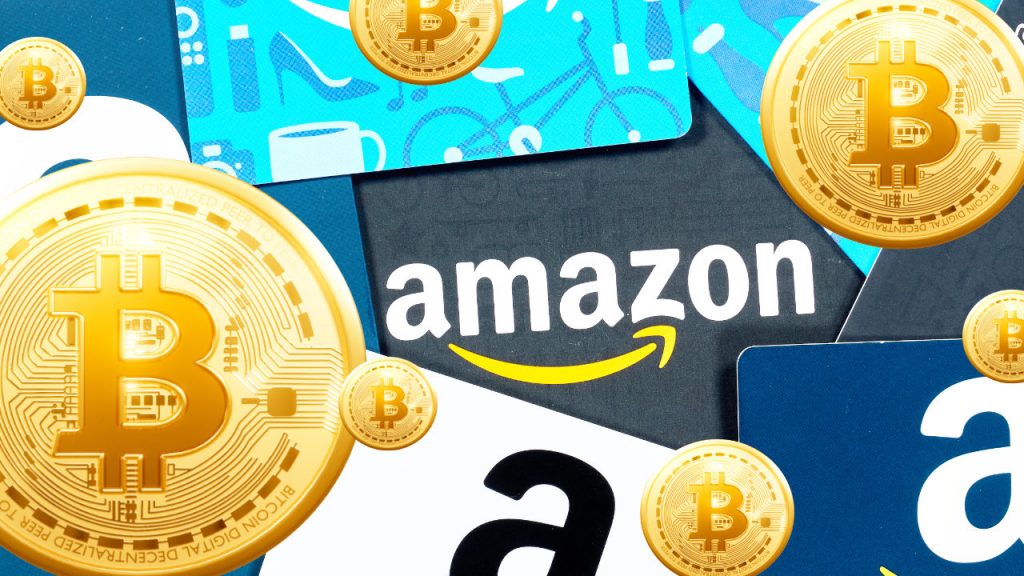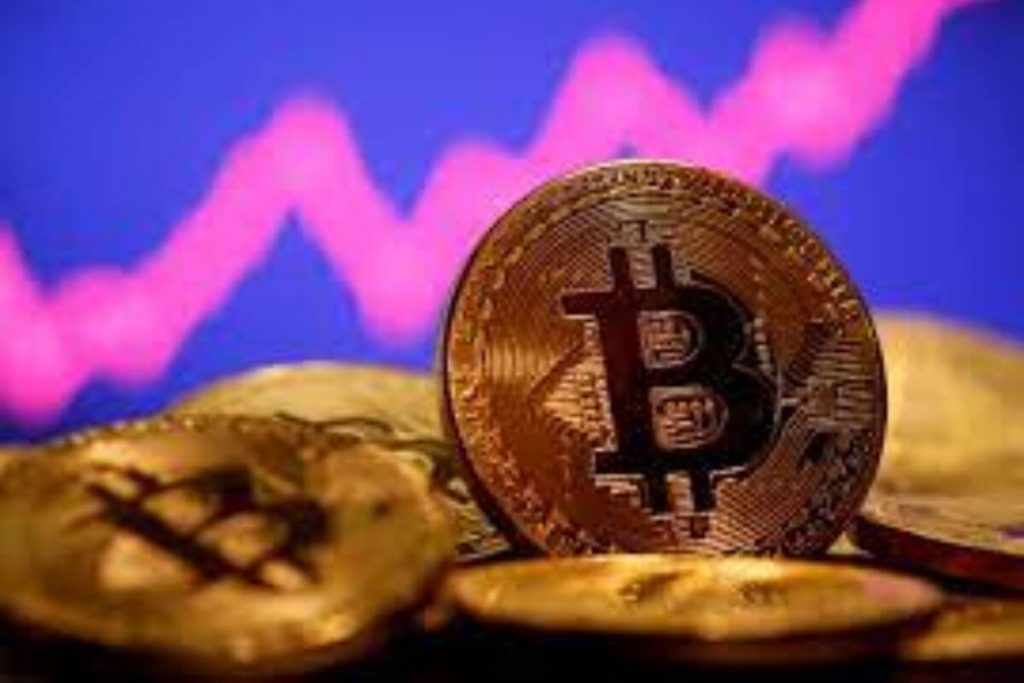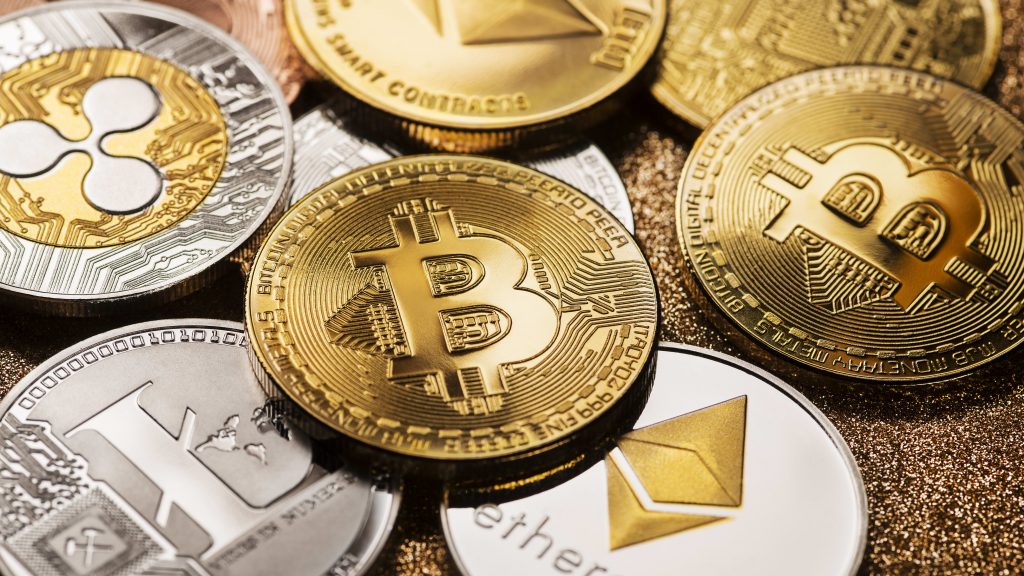Visa and Mastercard want to quickly facilitate crypto spending at millions of merchants connected to their networks around the world. PayPal allows customers convert bitcoin into fiat currencies at checkouts in the US to make purchases.
Card in high demand
Andrew Grech, co-founder of CryptoSpend, stated that more crypto investors will look to cash in their trading gains in shops.
He said, “Spending it directly will be a more convenient method of selling it.”
“We have a lot demand for the card. If the market is healthy, then someone might say that it’s time for me to spend some of my profits. Another person could say that the market will continue to rise, so I’ll keep it. We have seen an increase in spending when the price goes up.
Richard Voice, a co-founder of Mr Grech, met him in a class at UTS where they were both studying information technology. The UTS Startups hub is where they now work.
Visa went through a stringent process to verify that the information was secure and private. It also ensured compliance with anti-money laundering regulations. It will announce its approval later in the week.
Novatti, an ASX-listed company, will issue the card. It is expected to go on sale in September. BitGo is licensed in New York to take custody of crypto holdings. It will allow cardholders to also spend other cryptocurrency, including ripple, bitcoin cash, and Ethereum’s Ethereum.
Visa has approved the issuance spending cards for certain global bitcoin exchanges including Binance. However, these cards are not available in Australia. Crypto.com was approved as a direct issuer for Visa debit cards in Australia. It is currently working on launching a card. BTC.com.au permits users to use crypto funds with an EFTPOS credit card, but does not have its own wallet.
Mastercard entered the crypto spending market last year through a partnership with BitPay. According to the card giant, crypto cards are being used more frequently by its users to convert crypto holdings into traditional currencies.
Mastercard stated that its philosophy regarding cryptocurrencies was to facilitate customer choice. Mastercard stated that it was here to help customers, merchants, and businesses move digital value in any way they choose.
Visa stated in a blog last week that the value of crypto assets in regulated digital wallets was in excess of $100 billions and that it was building relationships with 50 cryptocurrency platforms including FTX and Coinbase to make it easier to spend.
Visa claimed that more than $1 billion has already been spent on cryptolinked Visa cards during the first half 2021.
According to the company, ‘For the tens and millions of people who use these platforms, the easiest way to spend crypto is through Visa cards.’ “We are seeing crypto platforms and digital wallets create payment products entirely using digital currency.
CryptoSpend can be linked to the RBA-backed “new payments platform” (NPP), which allows users to transfer crypto balances instantly into Australian bank accounts. The app allows customers to pay their bills with crypto balances.
CryptoSpend was launched in October last year. It claimed that it was growing its users by 100 per month and that this would increase when Visa cards hit the market.
Visa cards are designed to be zero balance. Fiat cannot be loaded onto the Visa card. Instead, the balance is variable. It draws directly from the crypto value in the wallet. It is not regulated like a stored-value facility, and balances cannot be guaranteed as in banks.
Mr Voice stated that the service would soon be available to the masses. “You’ll find people who hold on to bitcoin until it reaches X price but there will be others that say, “I’ve made $400 today and I’m going to use my CryptoSpend Card at the pub tonight.”




